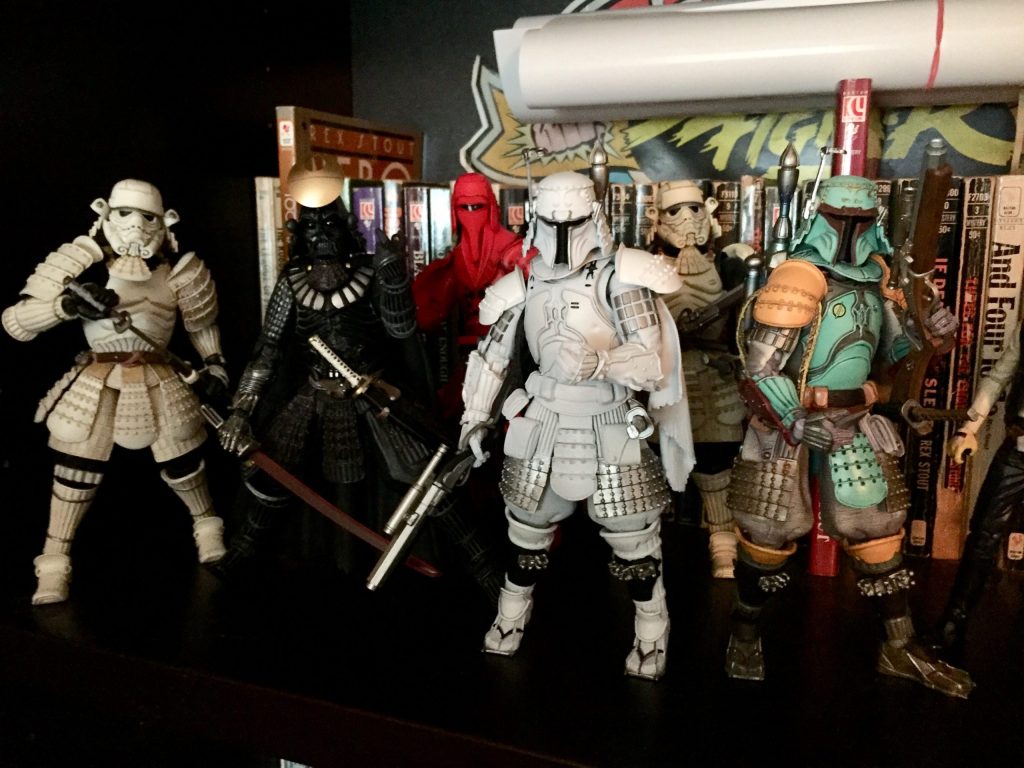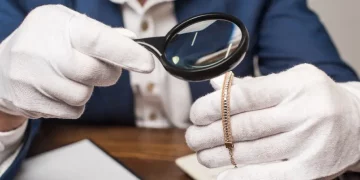Introduction
High-end auctions often attract collectors, investors, and enthusiasts from all over the world, each hoping to secure rare and valuable items. While the spotlight often shines on well-known lots with high estimates, there are always opportunities for lesser-known items to exceed expectations. These “dark horses” can sometimes see their values double, or even triple, when a perfect storm of factors aligns. In this article, we’ll explore which pieces at next week’s auction might defy expectations and provide significant returns for those brave enough to bet on them.
Factors that Influence Auction Outcomes
To predict which item might become a “dark horse,” we first need to understand the key elements that drive auction prices.
- Provenance and History
An item’s history can add immense value. Pieces with strong, well-documented provenance—such as being part of a famous collection or having been owned by notable figures—often attract higher bids. The auctioneer’s ability to convey this story to bidders can dramatically impact an item’s final price. - Rarity and Uniqueness
The more unique an item is, the higher its potential value. Limited-edition items, works by obscure but talented artists, or objects that are simply hard to find in the market will often perform better than expected. - Condition and Quality
Items that are well-preserved, especially those in original packaging or with little wear and tear, can fetch much higher prices. High-quality craftsmanship, materials, and design also play significant roles in determining an item’s auction success. - Market Trends and Collector Interests
Understanding what’s currently in demand is key. Art and collectible markets can be highly dynamic, with trends shifting rapidly. An item that may have been overlooked in previous years can suddenly become the focus of intense interest due to changes in collector preferences.
The Dark Horse: A Rare, Overlooked Work of Art
Among the many items at next week’s auction, one potential “dark horse” is a painting attributed to a relatively unknown 20th-century artist whose work has gained recognition only recently. While this artist’s pieces are not yet considered “blue-chip” investments, the timing may be perfect for this particular piece. Art markets are often cyclical, and as contemporary artists gain traction, overlooked works can see their value soar.
The painting in question features elements of surrealism and abstract expressionism, blending unusual techniques with vivid colors and evocative imagery. While the estimated value of this piece might seem conservative, collectors who are familiar with the artist’s work believe that this piece has a unique significance that has not yet been fully appreciated by the wider market. If the auction house’s marketing campaign succeeds in highlighting its potential, this painting could end up selling for several times its original estimate.
Vintage Watches: The Unsung Heroes of the Auction World
When we think of high-end auctions, luxury watches often come to mind. Patek Philippe, Rolex, and Audemars Piguet are the household names that consistently perform well, but there are lesser-known brands that could surprise everyone. One such example is a limited-edition timepiece by a brand that has recently seen a resurgence in popularity. This particular watch, an early model from the 1990s, is extremely rare, with only a handful of units ever produced.
While the auction estimate is modest compared to the multi-million-dollar Rolexes, the rarity of this watch combined with its high-quality craftsmanship could lead to fierce bidding. Watch collectors are increasingly looking for pieces that are not just from well-known brands, but from niche, limited-production collections. This watch is an excellent example of an item that might go unnoticed by casual observers but has the potential to exceed expectations, doubling its value in the process.

Rare Collectibles: A Vintage Comic Book that Might Soar
Comic books have become a highly lucrative category in recent years, with certain vintage issues seeing incredible gains in value. Among the many collectibles up for auction, there is one particular comic book that stands out as a potential “dark horse.” It’s a first edition of a highly popular superhero comic from the 1960s—one that has recently begun to gain traction with collectors who are eager to expand their portfolios.
What sets this comic book apart is its condition. Despite being over 60 years old, the comic has been well-preserved, showing only minor signs of aging. Its rarity combined with its impeccable condition makes it an attractive proposition for serious collectors. While it may not reach the astronomical prices of some of its more famous counterparts, it could certainly experience significant price appreciation, potentially doubling in value.
The Appeal of Fine Wine and Whisky: A Bottled Investment
While art, watches, and comics often steal the spotlight, fine wine and whisky are emerging categories that have performed remarkably well at auctions. One of the standout lots at next week’s auction is a rare bottle of Scotch whisky from a distillery that ceased operations decades ago. The distillery’s output is now considered a collector’s item, with bottles from certain vintages fetching astronomical prices.
The rarity of this bottle, along with its exceptional quality, positions it as a strong candidate for price appreciation. While the initial estimate for this bottle is conservative, whisky collectors are increasingly looking for high-quality, limited-edition bottles as an investment. With global demand for fine whisky on the rise, this particular bottle could well see its value double as collectors and investors fight to secure a piece of liquid history.
The Role of Auction Strategy and Timing
One factor that can often surprise auction observers is the timing and auction strategy employed by the auction house. Even an item with modest intrinsic value can experience an unexpected price surge if it’s strategically placed within a lot of high-profile items. The psychology of bidding is fascinating—many buyers are motivated not just by the item itself but by the competitive environment of the auction.
Auction houses often create a sense of excitement around certain lots, building momentum through careful lot placement, targeted marketing, and orchestrating bidding wars. A lesser-known item that might otherwise not attract much attention can become the focus of bidding activity simply because it’s placed after a highly coveted lot, with potential bidders keen to keep their momentum going.
Conclusion
Next week’s high-end auction is bound to feature some spectacular items, but it’s often the unexpected ones that provide the most thrill. While many bidders will focus on the established heavyweights—be it iconic paintings, rare watches, or classic cars—there’s always a chance that a lesser-known piece will take everyone by surprise and double in value. Whether it’s a work of art, a vintage watch, a rare collectible, or a bottle of fine whisky, there are always hidden gems lurking in the auction catalog.
By closely analyzing the factors that contribute to auction success, understanding market trends, and keeping an eye on lesser-known items with unique attributes, collectors and investors can position themselves to take advantage of these “dark horses.” As always, the thrill of high-end auctions lies in their unpredictability—and next week’s event may just offer the surprise of a lifetime for those willing to bet on the underdog.

















































